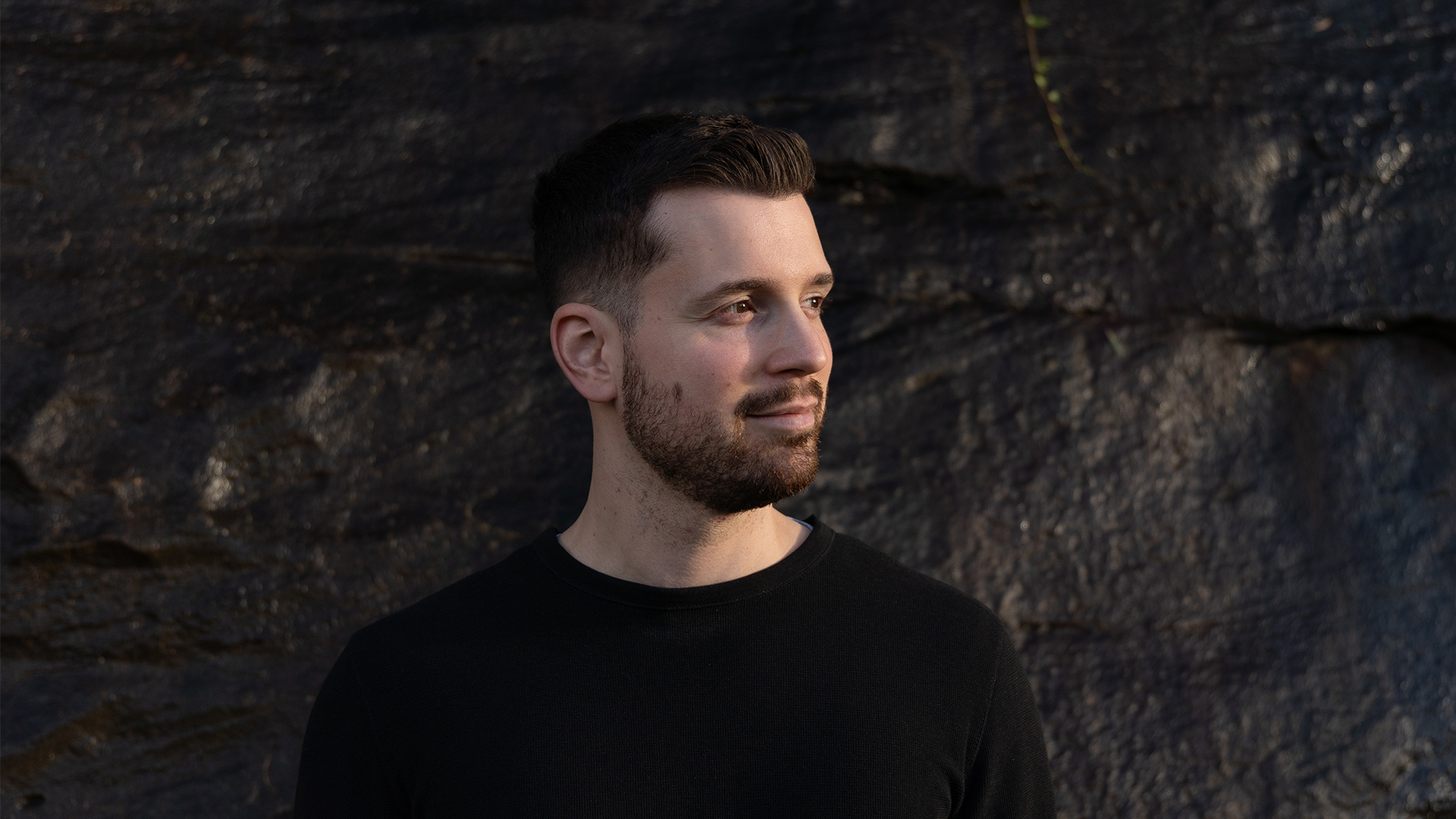Harry Sdraulig is one of the most in-demand Australian composers of his generation. His new work for string quartet, commissioned by John Griffiths for his wife Beth, receives its National Premiere performances on our tour of Vanguard this 18 June—5 July.
In this article, Harry talks us through his new work and what to listen out for in performances.
“In some ways, writing a string quartet is the ultimate acid test for a composer. When nearly every great composer since the eighteenth century has written at least one quartet, the competition for places in the repertoire is fierce! In this context, it is especially exciting that the Australian String Quartet have committed to performing my second quartet seven times across their Vanguard national tour, in addition to the two preview performances heard at the Dunkeld Festival of Music earlier this year.
My first quartet, written for the Goldner Quartet in 2021, responded to the artistic challenges of the form through an introspective and often understated exploration of its musical materials. By contrast, this brand new String Quartet No. 2 is far more mercurial, ranging from meditative stillness to exuberant energy (and almost everything in between!). Written especially for premiere performance by the Australian String Quartet, it was commissioned by John Griffiths for his wife Beth and, as a result, is a spirited and optimistic work. Its 13-minute single movement is divided into four distinct sections: a slow introduction, a pulsating dance, an expressive slow interlude, and a frenetic finale. Although all four sections share the same basic musical materials, they contrast heavily in tone and mood: there is a considerable range packed into its relatively tight overall structure.
The piece begins with its simplest, most elemental music. An extremely quiet, pulsing harmonic on just one note (A) is shared between the viola and cello. This icy, crystalline sound behaves as a central pivot around which new melodic and harmonic layers begin to orbit and interweave. Bit by bit, the music becomes infused with warmth, expression and colour. After some momentary melodic swells, the first violin, second violin and viola parts dissipate into a collage of rustling undertones, setting the scene for an expressive, searching cello cadenza.
With little warning, the music then bursts into a blisteringly fast – if at times acerbic – dance. The repeated notes of the quartet’s beginning are transformed into a moto perpetuo ostinato. The music darts and scurries into different corners, its bubbling energy occasionally breaking out into fiery, intense climaxes. The writing places considerable demands on the technical virtuosity of the players before fragmenting into ever more isolated pieces, eventually leaving in its wake another cadenza – this time for solo viola.
What follows is the heart of the work: an unashamedly melodic slow interlude which, as with the preceding sections, is based on a repeated-note melody. Its muted colours, trills, and tightly-threaded counter melodies suggest a kind of impressionism, yet an undercurrent of romantic intensity is retained until an extended oasis of vibrato-free, tonal purity emerges to round off the passage.
The finale, which transcribes the slow introduction of the work (at times note-for-note) into fast music of an entirely different character, interrupts the preceding atmosphere of meditative calm with energy and optimism. It bounces exuberantly between unison and polyphonic textures before concluding with one final twist.”
Words by Harry Sdraulig
Photo of Harry Sdraulig by Charlie Sdraulig
